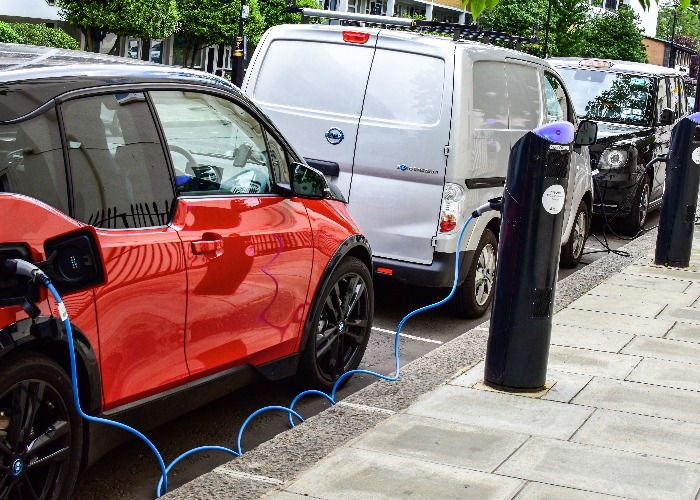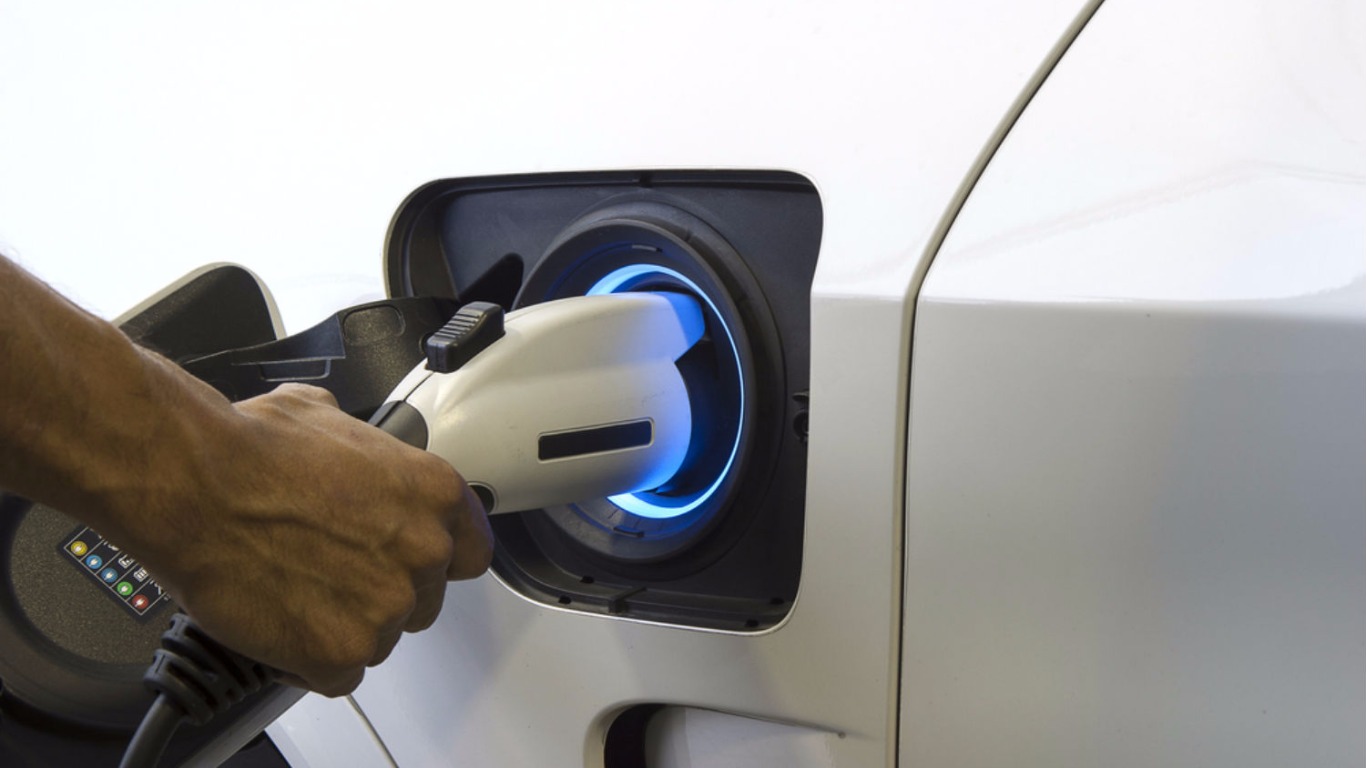Ultra-low emission vehicles: Government warned over ‘value for money’ for greener cars schemes

Government's £1 billion spending spree could not be considered “value for money” because it can't show whether the funds boosted electric car uptake “above what might have happened anyway”, new report claims.
It won’t be long before the only cars we can buy will be environmentally friendly.
Last year the Government announced it was bringing forward its date from which the sale of new petrol and diesel vehicles will be banned to 2030, just nine years from now.
Of course, there is clearly a lot of work to do to encourage drivers to move away from petrol and diesel vehicles and embrace their green alternatives, and the Government has already spent a lot of money trying to help us do just that.
However, a new report from the National Audit Office (NAO) has questioned whether the money is being spent properly.
Save up to £250 on your car insurance in minutes with MoneySupermarket
How the Government has spent the money
The amount of money spent by the Government on pushing ultra-low emissions vehicles is fairly significant.
A whopping £1.1 billion has been dished out by the Office for Zero Emission Vehicles (OZEV), with £1 billion of that going on the plug-in car grant, which helps cut the up-front cost of purchasing a qualifying car.
The grant is currently worth £3,000 for those motors and goes to the car manufacturer.
On top of that, £97.2 million has been spent in the form of grants for people to install charge points for their electric vehicles at home.
It is capped at £350 per person and covers 75% of the cost of the installation.
A further £5.8 million has been spent supporting local authorities in installing residential charge points, with more millions going on charge points at workplaces and an ‘awareness campaign’ aimed at the likes of you and me.
This is just the spending by OZEV too, with millions more spent by the likes of Highways England on revamping its network so that charge points are easily accessible, as well as the launch of a £400 million ‘charging infrastructure investment fund’ from the Treasury.
The trouble is that, according to the NAO, the lack of a proper plan means that it’s impossible to say if the cash spent is delivering value for money.
“The lack of an integrated plan with specific milestones for carbon reductions from cars has resulted in a lack of clarity over what value the public money should be delivering," the report stated.
"As a result, [the Government] has not been able to demonstrate value for money from the amounts expended.”
Save up to £250 on your car insurance in minutes with MoneySupermarket
Where did the money go?

The good news is that sales of ultra-low emission cars are higher than expected.
Back in 2013, OZEV suggested that sales of these motors would account for between 3% and 7% of new car sales by 2020, though by September last year it had actually reached 8%.
However, the NAO points out that, because OZEV wasn’t clear about what impact it thought its grants would have on sales of these vehicles, it can’t actually pinpoint what difference they have made.
What’s more, despite the grant, zero-emission cars remain an average of £13,000 more expensive to purchase than a traditional motor.
The Government had hoped that its grants would stimulate this market, to the point that manufacturers could cut prices, but the gap is taking a long time to narrow.
There are also clear issues with the charging infrastructure.
By the end of March last year, fewer than 700 on-street charging points had been installed thanks to Government funding, with the NAO criticising the authorities for not focusing enough on provision for those without their own driveway.
While the OZEV has set aside funding to help on this front, with local authorities able to bid for support, it has seemingly been poorly designed, making it difficult to actually bid for that cash.
It’s difficult to underestimate how important this is. If electric cars are to become the default, it needs to be simple for people to charge them, irrespective of where they live.
Given 33% of households have no access to off-street charging, this is something that needs addressing as a matter of urgency.
It’s also worth reflecting on the fact that the measures so far haven’t exactly made a huge difference to our emissions levels.
According to the Department for Transport, carbon emissions from passenger cars have dropped just 1% since 2011, a smaller than expected reduction.
The NAO has called on the various Government departments involved in the push towards greener vehicles to set out precisely what “added value” they expect to deliver from the public money they spend, so we can judge just how effective it is.
Save up to £250 on your car insurance in minutes with MoneySupermarket
The right intentions
I completely support what the Government is trying to do here.
There’s no escaping the fact that we need to cut our carbon emissions, and encouraging drivers to move towards greener vehicles ‒ whether those are fully electric or hybrids ‒ is a sensible step.
But the road to hell is paved with good intentions, and the reality is that because the authorities don’t have a real plan in place, a lot of money might have been wasted.
Comments
Do you want to comment on this article? You need to be signed in for this feature